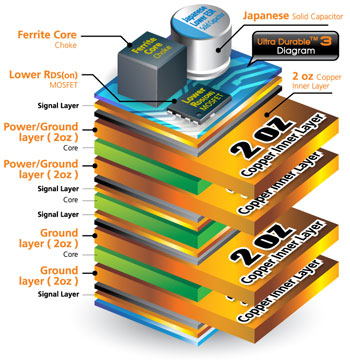

They’re using ChatGPT for fake address generation if it even needs a cache for that part. There are plenty of libraries to do that locally. They should only need to cache generated images, which is the only thing a model would be useful for here.


They’re using ChatGPT for fake address generation if it even needs a cache for that part. There are plenty of libraries to do that locally. They should only need to cache generated images, which is the only thing a model would be useful for here.


“My OpenAI credits got hugged to death, please use a known postcode (like one from Keir Starmer’s constituency, WC2B6NH) in the meantime,” the author asks.
While the OSA is dumb, this is also bad design, and why applications are going to use so much power.
Cache the image creation results. Use a random address generator. This would drop the LLM use to the bare minimum.


Maybe a bit. They say “advanced” and specify 2FA via hardware keys.


2fa is free


How? BitWarden has great 2FA, but is also a password manager with good integrations, group sharing, etc. Plus when you log in with it, it auto-copies the 2fa to clipboard.
Assuming you’ve used both, so what does Aegis bring to the table? Wondering if I should try it.


BitWarden is F(antastic)OSS.


I know, where’s that h


Ahh I see. I’ve been meaning to try out building a local Assistant to replace my Google Homes with Home Assistant Voice for a while, just haven’t tried it out yet.


I have it set up fine?
There may not have been any logical progression beyond the container.


Pretty sure it would just be copper color. Lots of overlapping layers (6-8) in a MB.

Ref: https://www.gigabyte.com/FileUpload/Global/WebPage/16/article_12_ud3_clip_image004.jpg
That kind of waterproofing wears over time (years). It keeps it’s resistance, but not a submersible seal. Watches have longer use years than phones on average.